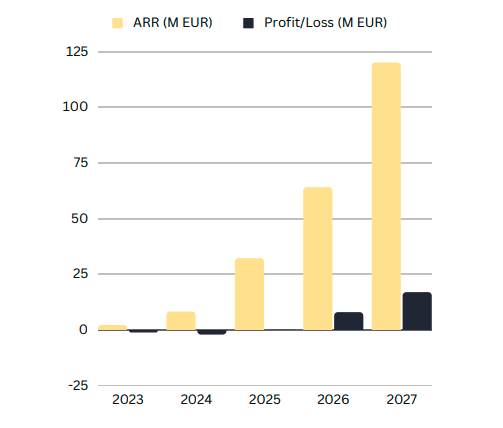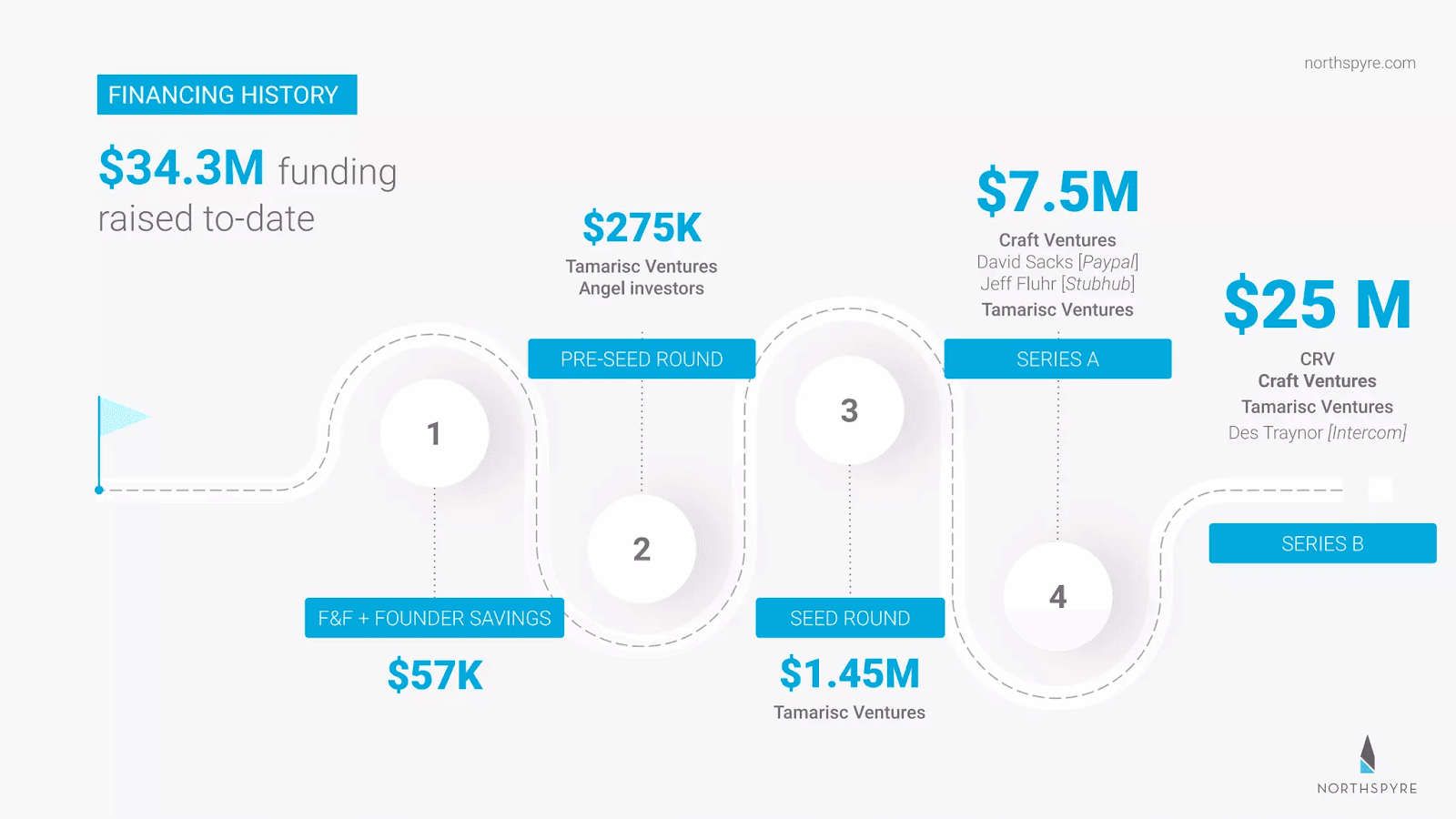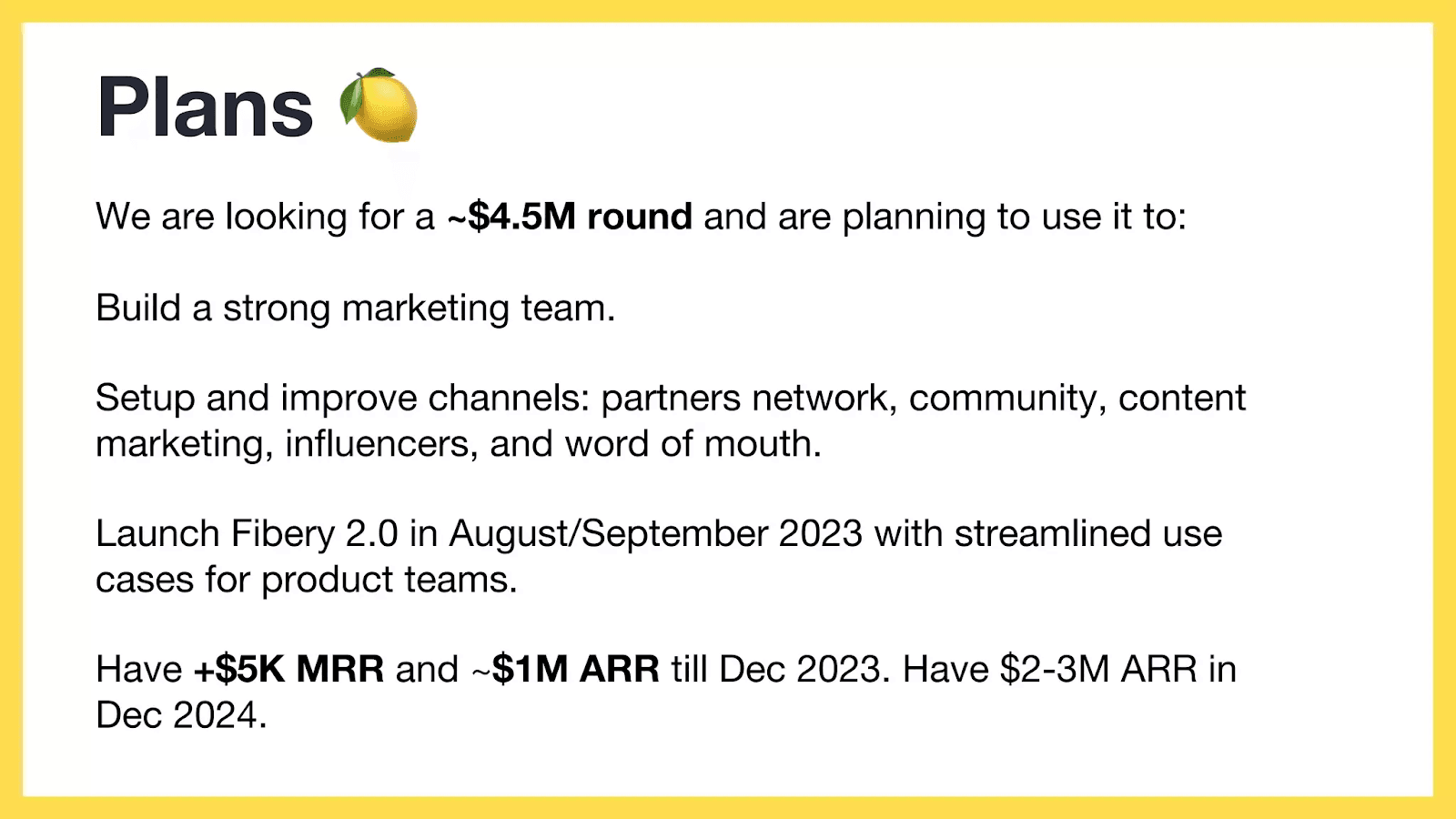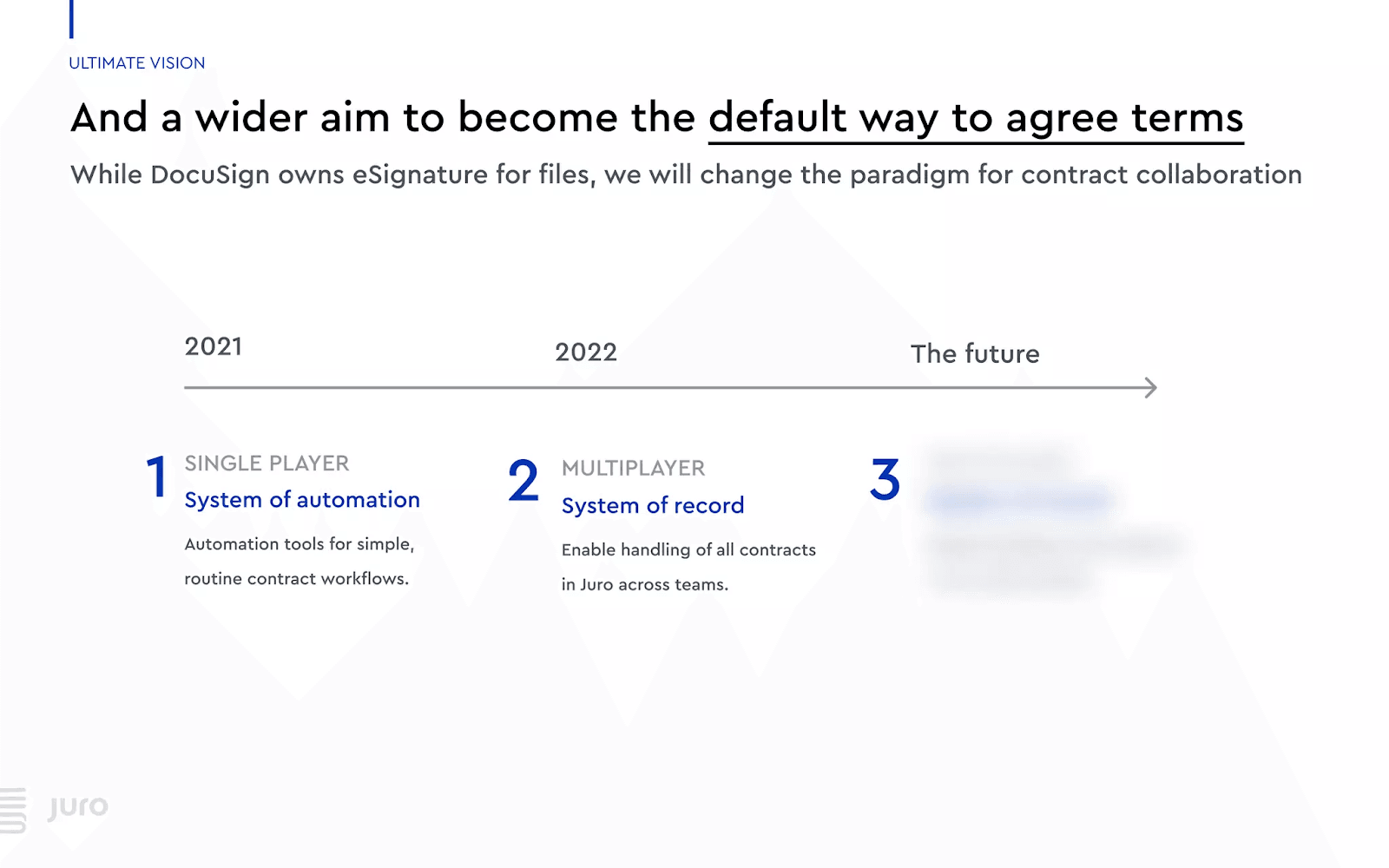We are almost nearing the end of our series presenting the ins and outs of the most important slides of an effective startup pitch deck. If you've been following our posts, you know how to present comprehensive data about your startup—from the problem, solution, product, market, competition, and go-to-market strategy to the business model and traction. With the stage set, it's time to gaze into the future and demonstrate to investors how you plan to develop your product.
So without further ado, let's explore the ideal roadmap slide in your pitch deck, designed to persuade even the most skeptical VCs to invest in your vision.
What is a Roadmap Slide in Your Startup Pitch Deck?
The roadmap slide, typically positioned toward the end of your pitch deck, serves as a strategic representation of your product's future trajectory. It aims to show investors that you have a clearly defined path from reaching profitability to an eventual exit. In order to effectively communicate this to VCs you should guide them through some of the key milestones that indicate your anticipated growth in revenue, customer acquisition, and product development.
Investors do not only focus on evaluating your present product, they also seek a comprehensive understanding of the financial side of your venture. It is important to show them that your business objectives and strategies are not just aspirational but they put you on a realistic path to outstanding returns.
Even though it could be hard for early-stage companies to make serious projections for the future, embracing a forward-looking perspective is invaluable. Typically spanning a 3-5-year horizon, these milestone projections are good indicators of where the business is heading. You should tailor the milestone timeline according to what you want to effectively convey to the investors. You could either provide a more concise high-level overview that emphasizes long-term strategy or a more detailed focus on the pipeline of near-future product features.
So to sum up this section, it’s important to understand that the roadmap slide serves as the foundation for your fundraising goals and gives investors a glimpse of how much ROI they can expect by investing in your company.
What to Include in the Roadmap Slide in Your Startup Pitch Deck?
When creating your roadmap slide, focus on specific and tangible milestones for the upcoming years. The specific approach may vary based on your current business stage and the projections feasible given your existing performance. On the financial side, consider showcasing the Accounting Rate of Return (ARR) from past years and projecting it forward, including expected profit or loss. It’s a great way to visually showcase the projected growth of your startup. Don’t forget to clearly outline the assumptions behind these numbers, drawing the calculations from your business history, strategy, market size, business model, and available resources. While investors understand the speculative nature of financial estimates for early-stage companies, they rely on these projections to determine whether you understand your business and what lies ahead. And if your business is already running, it’s a good practice to include historical financial performance for added context.
Below you can find an example of a basic financial slide that might help you in crafting your deck (source: Vestbee Perfect Pitch ebook) 
To go beyond profit and revenue projections you can enrich your roadmap slide and incorporate milestones from other key areas such as:
- Planned product and growth achievements
- Future fundraising and exit strategy
- MVP launch (if not already launched)
- Introduction of new products or features
- Strategic hiring of specific employees or teams
- Geographical expansion plans
- Partnerships with companies or institutions
- Anticipation of the next funding round
This approach provides a nuanced perspective on your business trajectory, aligning with investor expectations for a well-rounded and strategically planned roadmap.
Roadmap Slide in Startup’s Pitch Deck For Investors - Examples from successful startups
Tomorrows University (source)

Gable (source):

Northspyre: 
Fibery (source):
Juro (source):
Tips and Tricks for a Successful Roadmap Slide:
- Make sure to always outline the assumptions guiding your projections and base calculations on your business history, strategy, market size, business model, and available resources.
- If you can, integrate historical financial performance into your roadmap and project it forward, providing context through past financial data enhances credibility and showcases your business's evolution.
- Consider dividing your growth journey into distinct phases, each characterized by a unique aspect, for a more coherent and visually compelling slide.
- Leverage the storytelling element; ensure that your roadmap aligns with a cohesive narrative that captivates investors.
- Clearly depict your current position within the roadmap; articulate what has been accomplished and what remains on the agenda. Providing context allows investors to gauge your progress and understand the strategic significance of upcoming milestones.
For more assistance in writing your Investor Pitch Deck and pitching your startup to investors, see the following articles:
- How to Create a Perfect Problem Slide in Your Pitch Deck?
- Tips for Crafting the Perfect Ask Slide In Pitch Deck
- Common Mistakes In Startup Pitch Deck To Avoid During Fundraising
- A Bunch Of Tips On Pitching Your Startup To Investors
- How To Write Elevator Pitch For Investors
- How To Create A Pitch Deck That Will Get Your Startup Funded
For even more insights on how to create a perfect investor pitch deck, click here to download Perfect Pitch - The Ultimate Startup Guide, an ebook prepared by a team of experts and investors addressing the question of how to make your startup fundraising process successful.
Looking for investors? Join Vestbee, an all-in-one platform for investors, corporates, and startups looking for funding, resources, and community.







